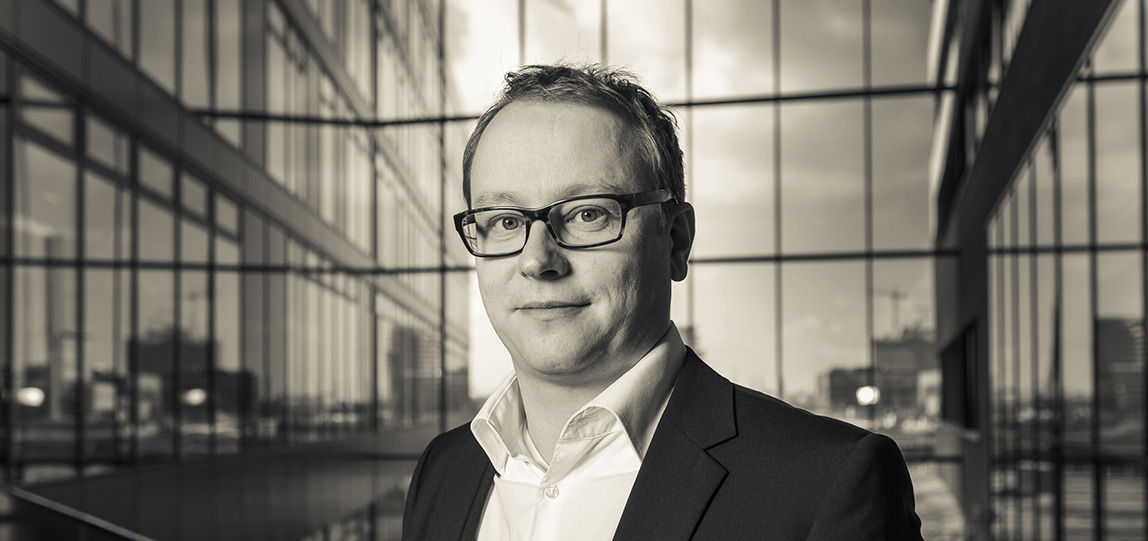
Lighting doesn’t necessarily have to be ‘big’: it’s got to have big impact.
Light is a language all of its own, just as much as photography, dance or music. Lighting design is about image construction in 3-D space.
These images, formed out of the spectator’s point of view depend on the space, dramaturgical content and the scope of the job (e.g. what kind of brand is being promoted). The viewer’s perception is also almost always about emotion. For me, this is the constantly challenging, yet crucial, fourth dimension.
I learnt my own language of light in the theatre and developed it further in film and TV. I’m convinced that this background informs my motivation to tell stories with light. Unlike the actors, my reward wasn’t the applause at the end of a play, but the experience reflected in the eyes of the audience during the show. I don’t come out of the limelight, but the dark. I see my role as that of a facilitator, translator and an amplifier. The simultaneous realisation of the technical and emotional dimensions of an object or theme continually serves up new challenges. All of this has to happen within the most budget-conscious work practice.
Lighting doesn’t necessarily have to be ‘big’: it’s got to have big impact. For me, the light show is part of an overall experience: not ever as a purely technical or functional means to an end but as an acutance heightener, an emotional subwoofer and – above all – as the most direct and fastest way into the human brain. I’m particularly interested in this short trip from the eyes to the reward centre of the mind. I want to tell stories, to translate ideas and feed them directly into the inner world of the audience.
I want to create experiences that people do not forget. Better yet, that they’ll never forget.